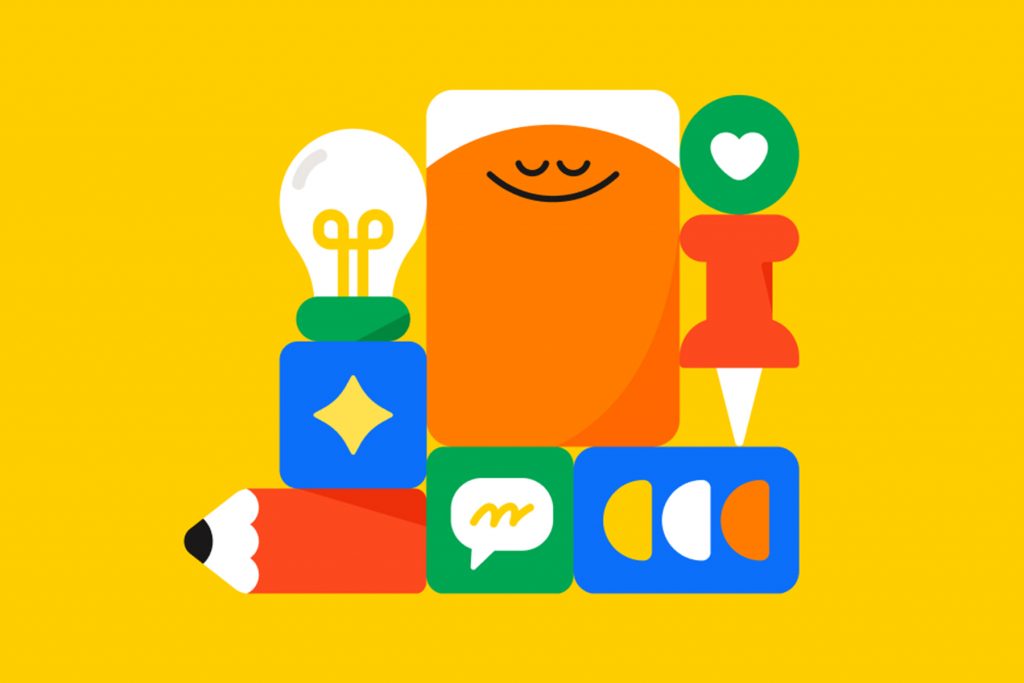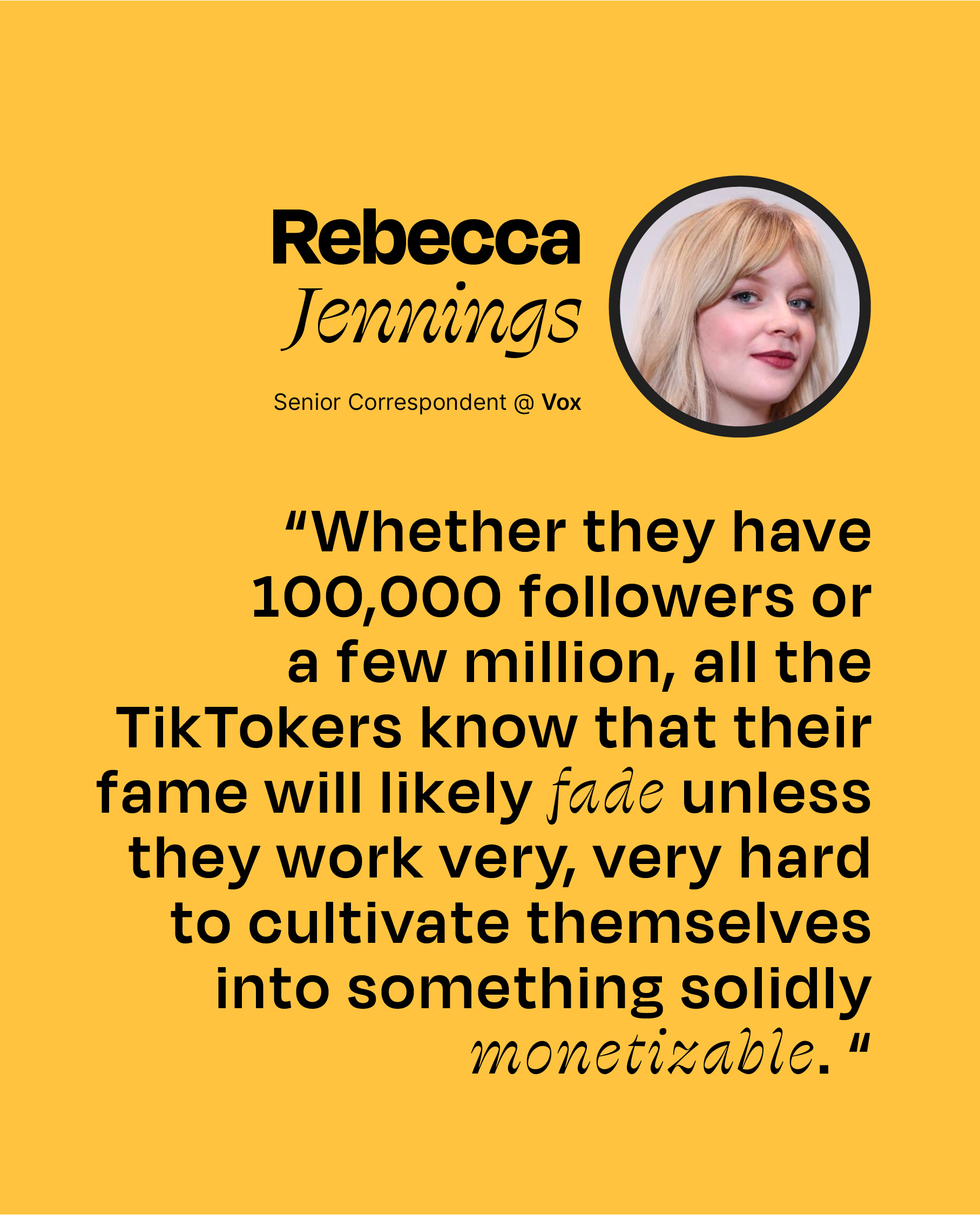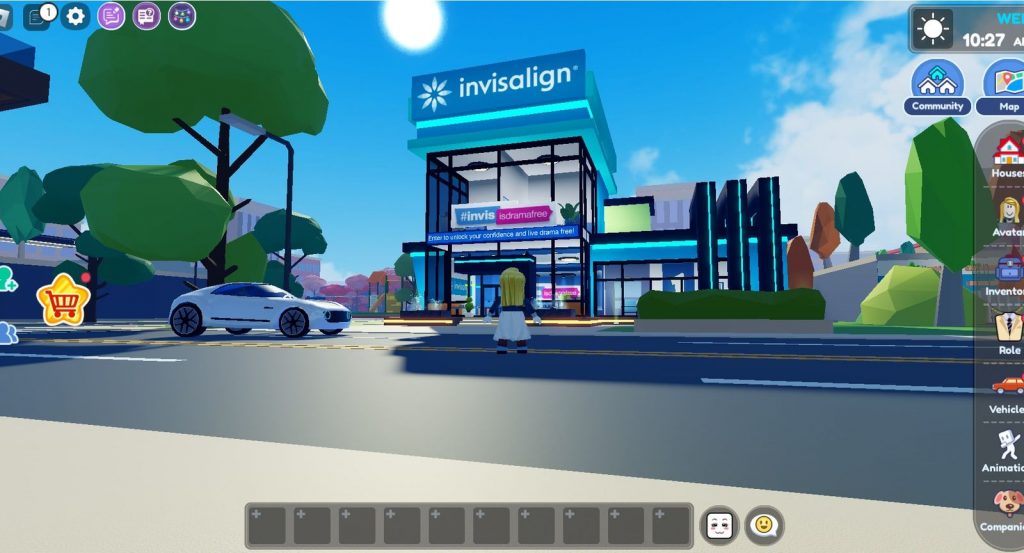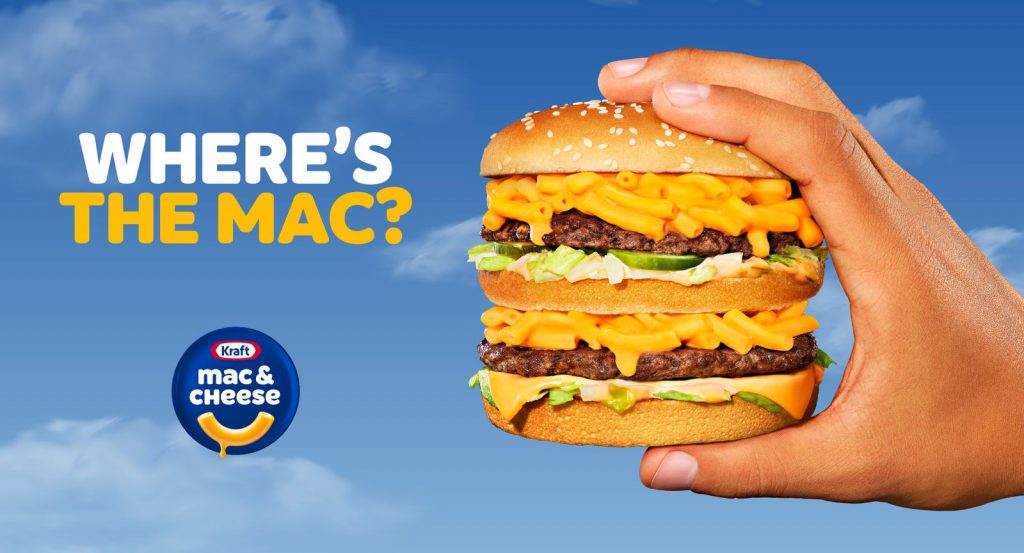Platform news
October Highlights

Pinterest Announces New Partnership with Headspace Ahead of World Mental Health Day
Pinterest has announced a new global partnership with Headspace, which will see the platform make a range of additional stress-relief and management tools available to users in the app.

YouTube Announces New Ad Options
YouTube has announced three new ad options as part of its Advertising Week New York showcase, including ‘Moment Blast’, which enables advertisers to better highlight their offers to Connected TV viewers, and new audio ad options to connect with viewers listening to YouTube content.
Sources:
https://www.socialmediatoday.com/news/YouTube-Announces-Moment-Blast-Ads-Expanded-Audio-Placements/634418/
https://www.adweek.com/media/pinterest-partners-up-with-headspace-for-world-mental-health-day/
https://www.youtube.com/watch?v=KXPYhskx-0M
Why should you care
Creator burnout is being spoken about more openly & companies have to act fast
A 2019 poll found that children in the U.K would rather be YouTubers than astronauts. Certainly the creator life seems glamorous. On the surface, it’s a career where you’re able to work for yourself, get approached by brands you love and of course, the fame and adoration from your fans as you grow. However, underneath the glossy exterior lies some serious issues. There’s unreliable income, pay inequality based on sex, race and disability and mental health issues. There’s an immense pressure to continually create content because if you don’t your relevance will disappear. When creators have tried to speak out on being bullied or burned out or not being treated as human, their comments will usually all say something to the effect of: “You’re an influencer, get over it.’”
It’s not a new phenomenon. Burnout has affected generations of social media creators. In 2017, Instagram influencers began leaving the platform, saying they were feeling depressed and discouraged. However, what is important is that no one has benefited from the creator boom more than the technology industry. After over a decade of largely snubbing influencers, high-profile investors have done a 360. Venture capitalists in Silicon Valley are now pouring money into creator-focused start-ups, and platforms themselves have begun to compete for talent. Whilst content creators have become more open about their struggles and mental health is becoming less of a stigma, platforms have had to evolve to ensure they are creating support for their users, albeit with mixed feelings on how impactful they’ll really be. Expect to see more of these programs coming out on the big social media apps in the near future.

Sources:
https://www.nytimes.com/2021/06/08/style/creator-burnout-social-media.html
https://www.independent.co.uk/life-style/health-and-families/youtube-vlogger-career-job-children-astronaut-space-china-poll-a9010086.html
https://www.bbc.com/worklife/article/20220713-the-dark-side-of-being-a-content-creator
https://www.vox.com/the-goods/2021/5/25/22451987/influencer-burnout-tiktok-clubhouse
https://www.forbes.com/sites/forbesbusinesscouncil/2022/06/08/how-creators-can-avoid-social-media-burnout/?sh=5e8e9f175a19
https://morningconsult.com/wp-content/uploads/2019/11/The-Influencer-Report-Engaging-Gen-Z-and-Millennials.pdf
The evolving consumer landscape: are we heading towards overstimulation?
According to a recent report by Meta & GWI, Gen X and baby boomers in the U.K
and Ireland now spend around 2 hours on their mobiles per day – an increase from around 30 mins in 2012, with no signs of slowing down. Mobile’s reach has also has increased by 48% during this time for this group. Across both younger and older generations, time spent on mobile similarly continues to tick upward since 2021 – reinforcing the idea that mobile’s accelerated growth during the pandemic wasn’t just a lockdown fad. Because of this, the need to capture consumer attention has had to also continually evolve.
People don’t just use social media to find content – as we know – Gen Z and Millenials see it as a place for discovery and making connections. All these touchpoints are a key opportunity for social advertising too – as consumers become more savvy, so to will the ads produced. However, experts predict that we are moving towards what WGSN coins ‘the great acceleration loop’. People are more connected than ever, with the rise in digitalisation and social media usage, e-commerce, entertainment, gaming and video-streaming technologies.
By 2024, sensory regulation will be the recognised antidote to overstimulation.
For example, people may adopt having a slow-technology morning routine (only
using one device at a time) or no-sound working sessions (turning off notifications and icons).
With this in mind, it’ll be interesting to see how ads evolve as people are hyper-aware when they are being sold to and more might make the conscious effort to limit their media consumption.

(Above) The complete number of global internet users grew by 500 million in 2021,
a roughly 11% jump from 4.5 billion users in 2020.
Credit: World Economic Forum
Sources:
https://www.forbes.com/sites/bradadgate/2021/05/05/deloitte-report-digital-media-activities-vary-by-generation-age-group/?sh=5509884c204b
Mind the Gap, GWI x Meta, 2022
https://www.socialmediatoday.com/news/TikTok-Launches-Automated-Smart-Performance-Campaigns/634429/
The Future Consumer 2024, WGSN
Brand inspiration
October Highlights

Invisalign’s Roblox activation sees over 2 million users
To win the mini games within Invisalign’s virtual world, players have to flex “Invisalign Confidence.” For example, in Movie Night the player must channel the aligners in the theater in order to eat all of the snack options displayed, including popcorn, corn on the cob and gum — all of which are discouraged with traditional braces.

Kraft begins beef with McDonald’s in ‘Where’s the Mac?’ push
A new website, WheresTheMac.com, lets users unleash bots to tweetstorm McDonald’s, draft their own personalized Tweet that will tag McDonald’s, or fill out the fast-food chain’s feedback form asking the Kraft product be added to its burgers. After Tweeting, consumers will get a coupon for a free box of Kraft Mac & Cheese.
Sources:
https://www.marketingdive.com/news/invisalign-roblox-livetopia-2-million-players/633999/
https://adage.com/article/marketing-news-strategy/kraft-mac-cheese-wants-collab-mcdonalds-big-mac/2441721
Why should you care
Gen Alpha & the future of gaming
In the U.K, Roblox is one of the leading social channels among 10 to 12 year-olds, ranking ahead of TikTok and Snapchat. In fact, for Gen Alpha, Minecraft, Roblox, and Fortnite are some of their favourite games to play. Each platform’s users can customize their own avatars, and they’ve all played host to music concerts or other social events at some point in the last two years. They’re also all to some extent user-generated spaces that let players build worlds and go on adventures with others; and they’re influencing what kids want from gaming experiences in general. With Roblox in particular, it encourages the development of skills ranging from game design to digital civility, blurring the line between education and entertainment, and appealing to parents’ desire for productive uses of screen time.
Experts predict that tech-led play, will be fundamental in developing Gen Alpha’s social, creative, and adaptive skills. We know that their digital and physical lives are deeply entwined. Raised on baby tech and subjected to sharenting on social media, their online identities are being established. Games, like these, are interactive, they offer rewarding challenges, and they’re increasingly social. Gen Alpha are coming of age at a time when immersive creation games or “proto-metaverses” are well-established. This is exactly why typically ‘untrendy’ brands like invisalign are showing up on Roblox and having great success. Whilst Gen Alpha don’t have any purchasing power right now, they are already educating their parents about new ideas and products they are consuming online.

Sources:
https://www.adweek.com/agencies/how-can-marketers-win-over-gen-alpha/
https://blog.gwi.com/chart-of-the-week/gen-alphas-habits-future-of-gaming/
https://www.thedrum.com/news/2022/10/10/what-and-isnt-gamification-how-brands-are-building-interactive-communities
https://www.ofcom.org.uk/__data/assets/pdf_file/0024/234609/childrens-media-use-and-attitudes-report-2022.pdf
https://www.wundermanthompson.com/insight/gen-alpha-how-children-shop-differently
Understanding Generation Alpha, Wired Consulting
https://www.creativereview.co.uk/metaverse-gen-a-z/
https://www.shopify.com/uk/blog/gen-alpha
The power of cultural relevance (and social listening) in fostering communities
Thanks to social media, “community” has become a definable business metric. Historically, the relationship between consumers and companies was more transactional and direct. You would seek out a particular item you were looking for, perhaps join their mailing list and be sent the occasional discount code, but generally communication remained relatively sparse. Now, the expectation is to keep consumers active, enthusiastic and engaged beyond just the product that a brand is offering. Brands want consumers to be fans: follow them on social media, tag them in posts, contribute to private chat channels, and attend in-person events. Consumers, too, have become more aware of the mechanics of brand-building. As a result, companies are under pressure to simulate authenticity by leaning into more personalised forms of communication.
So how can a brand do this? One way is to tap into culture. It’s our biggest source of insights. It’s all happening around us, everyday, but it takes dedication to be able to think across platforms and tap into conversations. Take Kraft. Their latest campaign has tapped into an existing trend of people putting mac and cheese in their burgers when cooking at home. By connecting to their truth, brands can be more meaningful to people and evoke an emotional reaction. Cultural relevance is no longer optional for brands that want to grow. By being plugged-into the local pop culture and current affairs, brands can create relevancy and foster deeper connections with their customers.
Watch here

Hallmark’s Mother’s Day ad in 2020 was inspired by a Facebook fan who shared her journey of
parenting a child with a disability. Recognising just how many mums were in similar situations,
Hallmark created an ad featuring a mother whose daughter has Down Syndrome.
Sources:
https://www.thedrum.com/opinion/2022/01/27/the-value-consumer-co-creation-2022
https://www.forbes.com/sites/forbescommunicationscouncil/2021/09/08/why-brands-should-build-online-communities/?sh=1d41025e1a7c
https://www.mckinsey.com/capabilities/growth-marketing-and-sales/our-insights/a-better-way-to-build-a-brand-the-community-flywheel
https://www.thedrum.com/news/2022/08/04/how-brands-can-tap-the-cultural-zeitgeist-be-part-powerful-communities
https://www.campaignlive.co.uk/article/communities-help-brands-thrive-post-pandemic-market/1716685
https://www.vox.com/the-goods/23186958/brand-building-community
https://www.adweek.com/brand-marketing/growing-your-brand-community-is-one-thing-serving-it-is-everything/
https://www.warc.com/newsandopinion/opinion/building-relevance-through-culture/en-gb/4406




